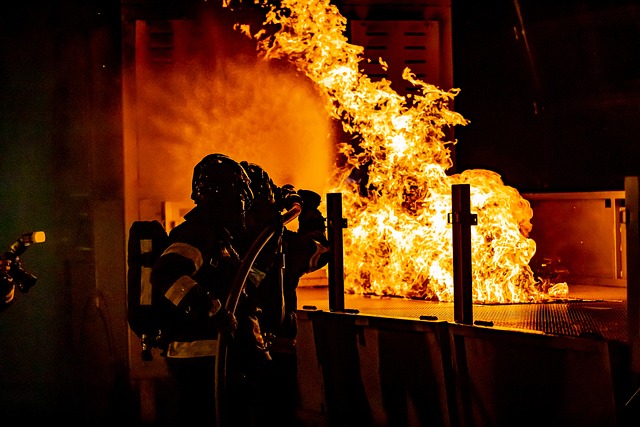Selling a fire-damaged home in California requires strict compliance with state disclosure laws, which mandate revealing details about known fire incidents, their impact, and post-fire repairs. Adhering to these regulations is vital for both agents and sellers to avoid legal troubles and empower buyers to make informed decisions regarding potential costs and structural issues. Omission of crucial information can lead to severe penalties, emphasizing the importance of transparency in California's real estate market when selling a fire-damaged property.
Navigating the real estate market in California, especially when selling a fire-damaged property, requires understanding strict disclosure laws. This article guides you through California’s fire damage disclosure requirements, detailing what sellers must reveal about past incidents and the legal implications of non-compliance. Learn best practices for transparent disclosures to ensure a smooth sale and protect your interests.
- Understanding California's Fire Damage Disclosure Requirements
- What Sellers Must Reveal About Past Fire Incidents
- Legal Implications and Penalties for Non-Compliance
- Best Practices for Transparent Fire Damage Disclosures
Understanding California's Fire Damage Disclosure Requirements

In California, selling a fire-damaged house comes with specific legal obligations for real estate agents and sellers. The state’s fire damage disclosure requirements aim to ensure transparency and protect buyers from potential risks associated with purchasing a property that has undergone significant structural changes due to fire. These regulations are crucial for folks looking to buy or sell a fire-damaged home in the Golden State.
Under California law, sellers must disclose any known fire damage to the property, including details about when the fire occurred, the extent of the damage, and any repairs carried out since the incident. This transparency is vital for buyers who may face unforeseen costs or structural issues post-purchase. Failure to comply with these disclosure requirements can lead to legal repercussions, underscoring the importance of understanding and adhering to these regulations when selling a fire-damaged house in California.
What Sellers Must Reveal About Past Fire Incidents

When selling a property in California, sellers are legally required to disclose any significant past events or issues that could impact a buyer’s decision. One crucial aspect is revealing information about fire incidents on the property. According to state laws, sellers must disclose any known fires, including their cause and extent of damage, especially if they occurred within the last five years. This transparency is essential for buyers as it allows them to assess potential risks associated with the home.
In the case of a fire-damaged house in California, sellers should be thorough in their disclosure. They must provide details such as when the fire happened, its severity, and if there were any structural or cosmetic repairs made afterward. Buyers have the right to know about these historical events to make an informed choice. Proper disclosure can help avoid legal issues later and ensure a smooth transaction process.
Legal Implications and Penalties for Non-Compliance

Selling a fire-damaged house in California comes with strict disclosure obligations to ensure potential buyers are fully informed. Failure to comply with these regulations can have significant legal implications and penalties. If a seller omits crucial information about fire damage during the transaction, they may face civil litigation from the buyer, who could argue that the seller breached their duty of good faith and fair dealing.
The consequences extend beyond potential financial losses for the seller. Non-compliance can also lead to criminal charges, especially if it’s determined that the disclosure violations were intentional or resulted in significant harm. In California, these penalties include fines and even imprisonment, reflecting the state’s commitment to protecting homebuyers and maintaining transparency in real estate transactions.
Best Practices for Transparent Fire Damage Disclosures

When selling a fire-damaged home in California, transparent and comprehensive disclosure is paramount to ensure legal compliance and build trust with potential buyers. The best practice begins with accurately documenting every aspect of the fire damage—from the scope of the loss to the specific materials used for repairs. This includes taking detailed photos or videos that showcase both the affected areas and the renovation work completed.
A comprehensive disclosure should also highlight the timeline of events, including when the fire occurred, any structural repairs undertaken, and whether any insurance claims were filed. It’s crucial to provide all relevant documents related to these processes, as this transparency can prevent future disputes about hidden damage or repair issues. Additionally, being upfront about any potential residual odors or health hazards associated with the fire can significantly enhance buyer confidence in the property’s safety and livability after the sale.
When selling a fire-damaged property in California, adhering to strict disclosure laws is paramount. By understanding and complying with fire damage disclosure requirements, sellers can ensure transparency, protect buyers, and navigate potential legal implications. Implementing best practices for open communication about past incidents fosters trust and prevents penalties, making it a vital step for anyone looking to sell a fire-damaged house in California.






